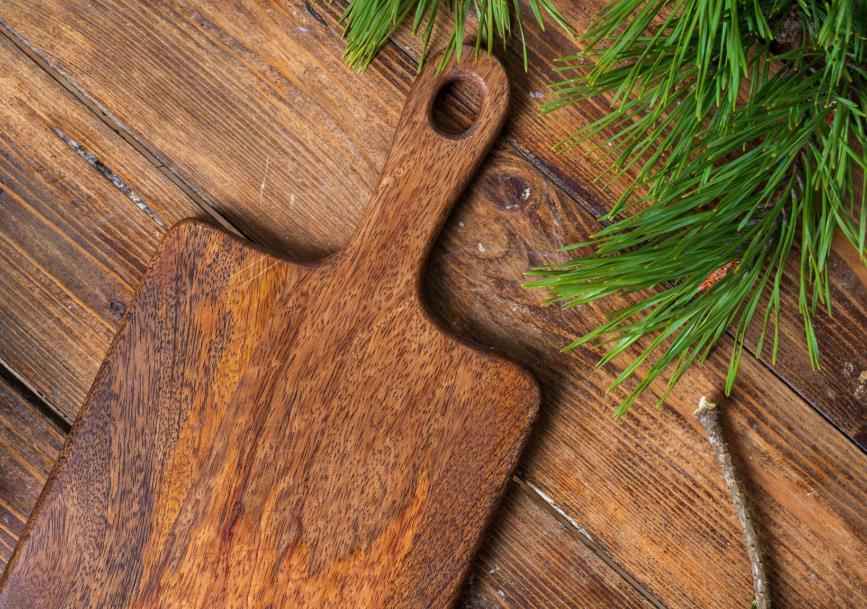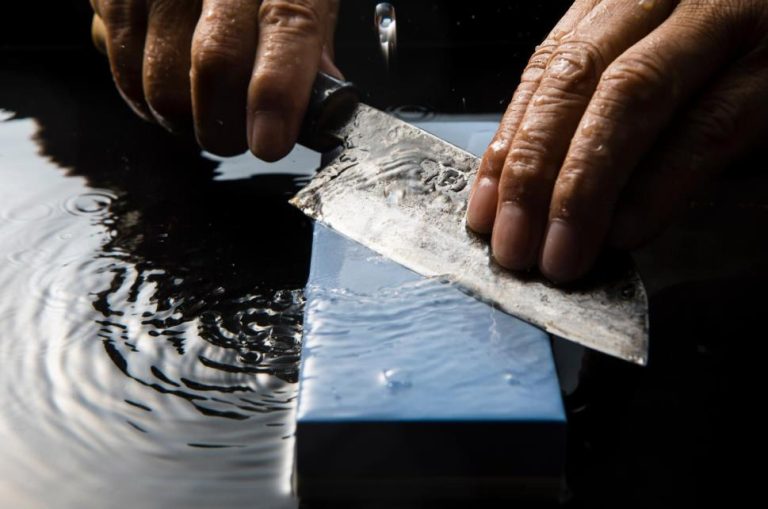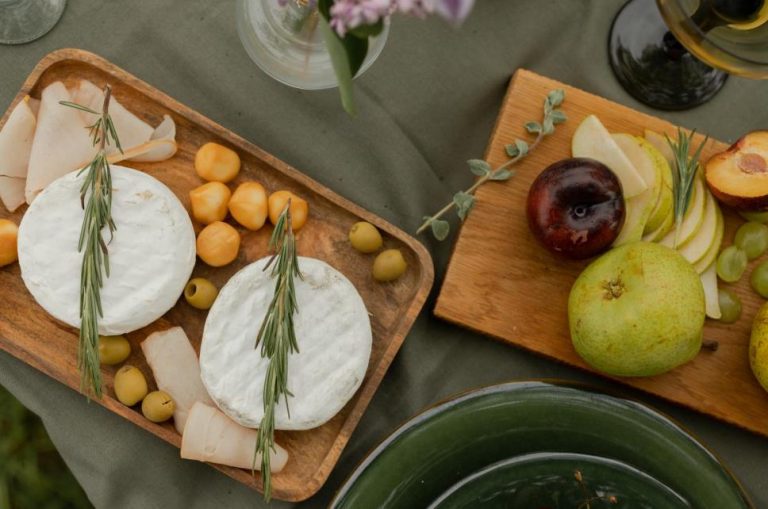With its spicy aroma and knotty grains, cedar produces a beautiful wood, mainly utilized for its aesthetics. It’s common to see this wood in musical instruments, storage cabins, panels, and anything with a visual appeal. In some regards, cedar can carry this attractiveness to a well-rounded cutting board. However, not all cedar is the same.
Cedar subspecies have varying hardness and texture that make some incapable of making a cutting board, while others are just passable. This article will highlight the features and characteristics of cedar to conclude if it makes a good wooden cutting board for you to import.
What is cedar wood?
Cedar is in the Pinaceae family, or in other words, the pine family. It’s native to Northern temperate regions, with a moderate growth rate where it can heighten up to 25 inches per year. Cedar has an extensive list of varieties with over ten different trees. Among these, eastern red cedar, also known as the aromatic red cedar, is the one favored for its wood the most.
Although a softwood, cedar has a prominent presence in fence posts, small wooden tools, cabinets, and panels. Being softwood, it is expected that cedar’s traits won’t make it fit to make a sturdy cutting board, and you wouldn’t be wrong.
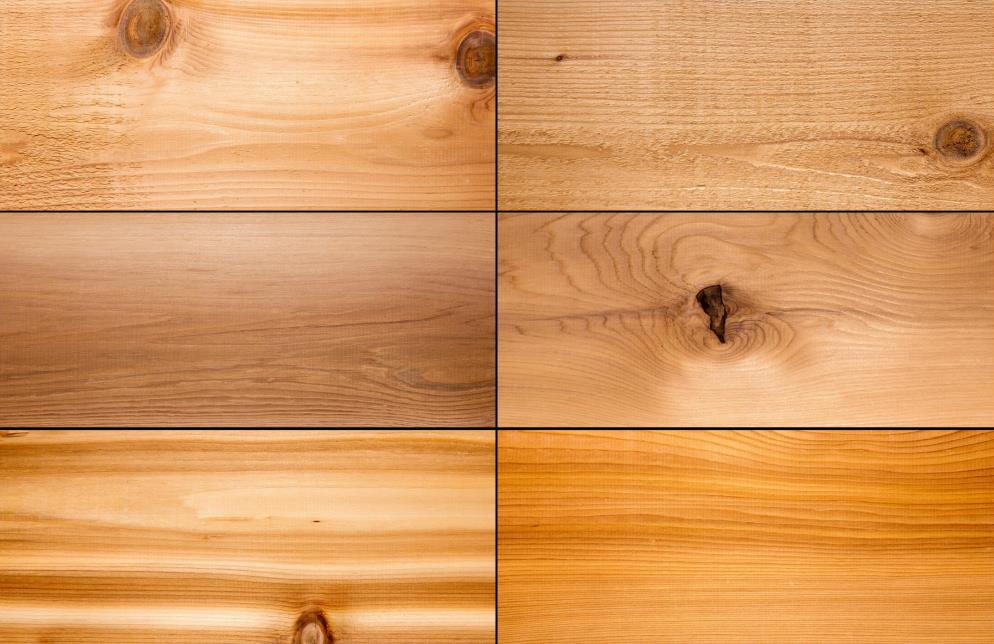
Here are cedarwood’s characteristics to give you a sense of the cutting board it produces.
Buy Wholesale Cutting Boards and Start Scaling up with Us Today
Contact us and connect with a sales rep to get a free quote.
Hardness
The eastern red cedar has a Janka hardness rate of 900 lbf. This hardness is at an acceptable range to make a cutting board, but since cedar is softwood, it doesn’t have the strength to go against the sharp edge of a knife repeatedly. Over time, this can lead to problems with the cutting board’s surface deteriorating. It will show more scratches than its beautiful grain patterns.
Texture and appearance
Cedarwood has straight grains with a fine, even texture. It isn’t uncommon to find knots, but this doesn’t negatively affect its workability. Woodworkers can use standard woodworking tools without anything specialized.
The sapwood of cedar is a pale, yellowish color. The heartwood is usually reddish brown, but it can vary in appearance, resembling violet-brown. The straight grains overlapping the tiny knots produce an aesthetically pleasing wood.
Rot and moisture resistance
Despite being softwood and having open pores, cedar has the talent to keep moisture away. It’s one of the reasons why cedar is a common wood choice for making fences, even without pre-treatment. Contacting the soil directly doesn’t decay cedar, proving it has proper water and moisture resistance.
The primary reason why cedar has impressive rot resistance is its high natural oil content. It doesn’t give a chance for moisture to penetrate deep into the surface. Cedarwood oil boosts its rot resistance, preventing the wood from decaying. The natural oil this wood produces is also utilized as a pesticide and is generally safe for humans. However, inhaling its wood dust can cause respiratory irritation, though it isn’t likely to be severe.
Workability and price
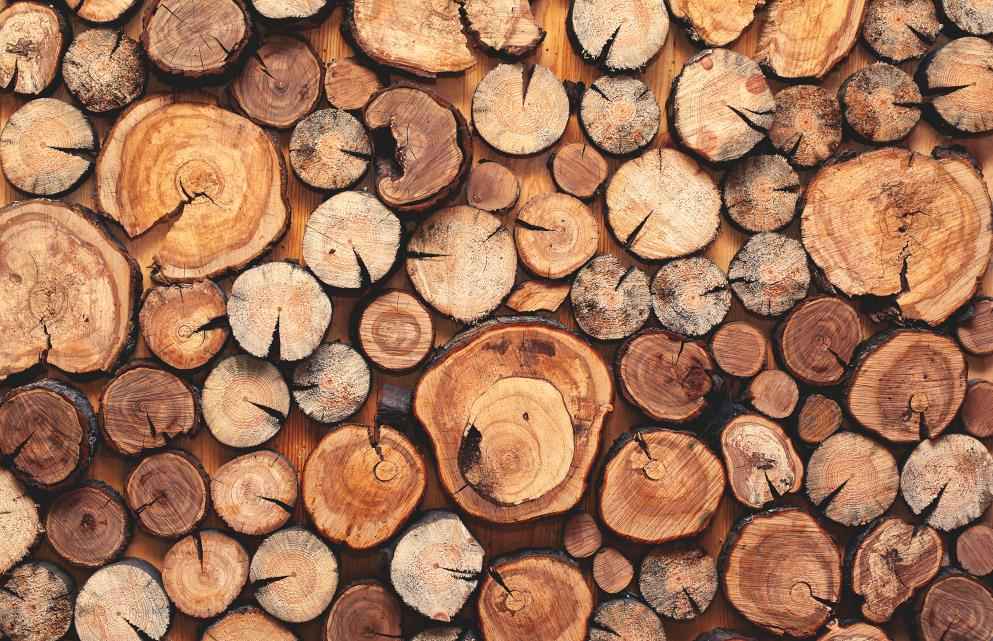
As briefly touched on, cedar has easy workability. The knots present don’t make it difficult for woodworkers, unlike similar woods like alder or beech. Despite its easy workability, cedarwood has a high silica content. This is a downside to have in the wood as it dulls cutters faster than another wood with lesser silica.
Cedarwood is abundantly available, especially in the Eastern parts of the United States. Cedar trees grow all over the Eastern US, from New Hampshire to Florida.
The easy workability and wide availability make cedar an inexpensive wood. When shopping for cedarwood boards, woodworkers are more likely to come across narrow boards with some knots present. Although there are large, clear cedarwood boards, they aren’t as common and tend to run buyers more.
Conclusion: is cedarwood good for cutting boards?
- Durability: Cedar is softwood, and as expected, it doesn’t have much strength to go against a sharp knife or the constant washing and drying with its large, open pores. Whether a standard cutting board or a butcher’s block, it won’t last long in the kitchen, including in homes.
- Knife sharpness: No cook needs to worry about knife sharpness with cedarwood cutting boards. Yet, it isn’t balanced. The surface is susceptible to getting scratched, which creates places for food bits to get in. Although it’s still sanitary, where the natural oils kill bacteria, your customers will be left with a surface full of scratches and marks.
- Water resistance: In spite of the softwood qualities it carries and open pores, cedarwood has impressive water resistance. The juices from foods or washing won’t cause damage to the cutting board.
- Upkeep: Even though cedarwood repels water to a degree, it needs to be conditioned regularly with food-safe mineral oil. Overlooking this will dry the surface and lose its water resistance capabilities. Cleaning it also needs a careful eye, as the food bits can get stuck in the grooves caused by knife marks.
The above overview of cedarwood doesn’t make it stand out as a cutting board material. It can surely make a cutting board – as with any other wood – but how well it delivers isn’t up to the expectations.
The ideal wood for cutting board needs to be durable against knife marks, resilient to moisture with moderate upkeep, and remain intact following washing and drying cycles. These are simply features that cedarwood underdelivers, making it a bad choice for cutting boards.
Best alternatives to cedarwood
You have numerous options if you’re looking for similar alternatives to cedar, at least from an aesthetic point of view. Here are some of the names worth mentioning.
Acacia

Acacia is a versatile wood for all kinds of woodworking projects. It meets the qualities you’d expect from a cutting board, while resting at a moderate price point.
Acacia cutting boards are adequately hard with ranging hardnesses, depending on the subspecies. They resist warps and cracks, making a durable cutting board that lasts long in both home and fast-paced kitchens.
You’ll find yourself having multiple options within acacia itself. With over a hundred subspecies favored for its wood, acacia cutting boards are capable of adapting to any kitchen. Stock up on sturdy, end grain acacia cutting boards for chefs and culinary students or standard ones with juice grooves for home cooks – there is an acacia cutting board for everyone.
Cherry
Cherry is one of the best woods for cutting boards. It also has a reddish-brown color but can be much lighter. Cherry is barely harder than cedar at 950 lbf. The hardness is at an excellent point to produce a durable cutting board for heavy-duty use that won’t dull knives.
It makes a well-rounded cutting board that’s gentle on knives but doesn’t show many scratches, either. Cherrywood has self-healing attributes where the scratches and knife marks will close with time. This trait traps any potential bacteria and kills them immediately.
These benefits of cherry cutting boards over cedar come with a higher price tag. Even though they are a lot more expensive, cherry cutting boards are worth every penny. Cooks appreciate the gentle and durable nature of cherry cutting boards, making them a long-lasting asset in the kitchen.
Teak
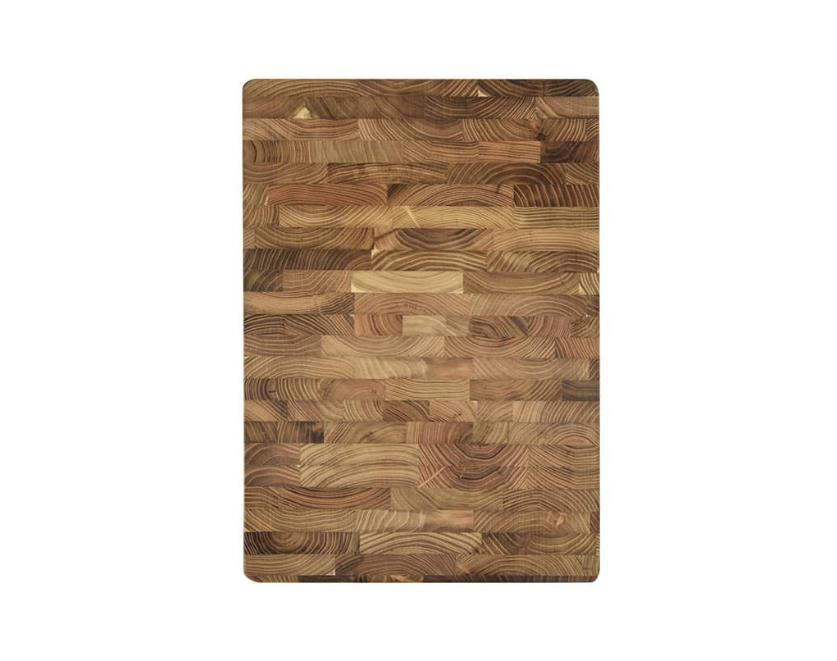
Teak is an excellent cutting board material that’s more on the higher end of the spectrum. Teak is moisture-resistant, to the point of being waterproof. It isn’t particularly hard at 1,070 lbf on the Janka hardness scale, but the plethora of natural oils makes it resist any form of water damage.
With its moderate hardness, teak doesn’t impact knife sharpness and doesn’t show many knife marks either. It makes a pricy cutting board – one of the most expensive – but with qualities none other has.
The elegant grain patterns and its light color make it visually appealing, though it tends to display food stains. It must be cleaned with attention and conditioned regularly.
In return for the high price tag and rather demanding upkeep, teak cutting boards will reward their users with every cut.
Buy Wholesale Cutting Boards and Start Scaling up with Us Today
Contact us and connect with a sales rep to get a free quote.
Final words
Cedar isn’t the right choice for a cutting board. The only good quality it has for a cutting board is its water and rot resistance. Other than these, it doesn’t have what it takes to be a good cutting board material. If this wood was on your mind, your best bet is to look for alternatives, of which you’ll have plenty.
Browse our cutting boards catalog from here to order individual products and sets. Once a product catches your interest, don’t hesitate to request a quote!
